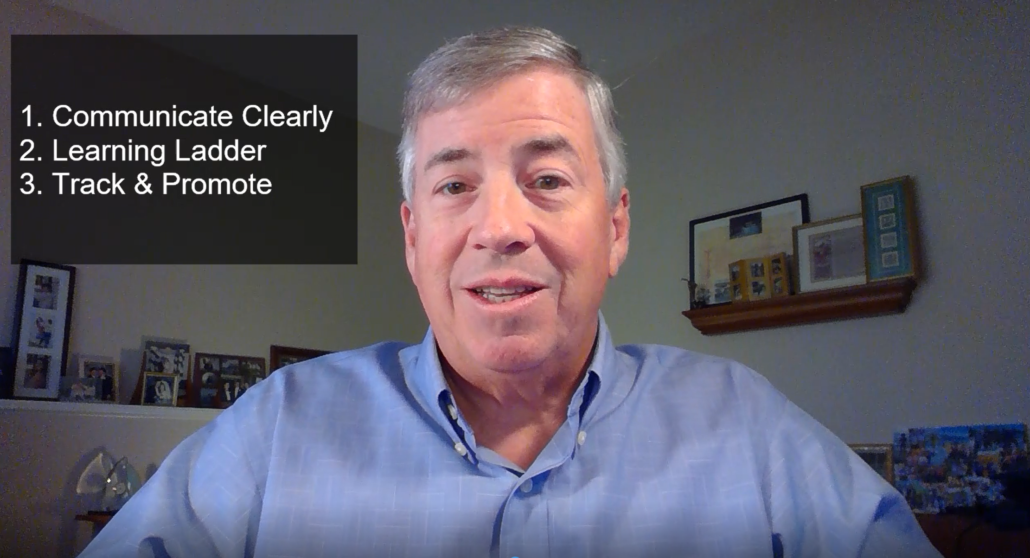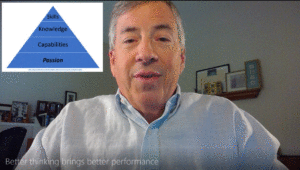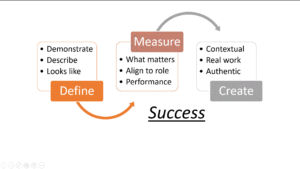Competencies, career path, & success
When you see a new role being posted there seems to be a set of competencies included and while they include admirable goals there may be a more advantageous use. A competency describes the desired knowledge, skills, and behaviors that enable people to successfully perform their roles. So rather than using these as terms in a job posting let’s refocus the intent and bring these skills and behaviors into helping people get better in their current roles and developing them to be ready to grow and assume new roles. The easiest way to bring these together is to use career pathing as a method to retain employees by showing them a path that leads to career growth and continued employment with the organization. In this video I highlight the process the organization can use to plan head and use learning as a business tool that supports their growth and success with a just in time skilled workforce building on existing skills and strengths and integrating behavioral skills into technical training to create a positive, scaffolded, approach to employee development and preparedness.
I would enjoy talking more with you about how we can partner on identifying ways to strategically develop your team so let’s Zoom or send me an email, let’s keep learning together! Use the contact button above or visit our web site!




 kNOW is how we can move forward. Now I come from the classical school of ADDIE where instructional design has Curriculum driving the process. Work with a SME to identify content, develop the lessons and modules, select media and then add in assessments.
kNOW is how we can move forward. Now I come from the classical school of ADDIE where instructional design has Curriculum driving the process. Work with a SME to identify content, develop the lessons and modules, select media and then add in assessments.